
New Jersey State Imagery (2015) Construction is underway for the Watergate Wetlands Restoration Project at Delaware Water Gap National Recreation Area. For the duration of construction, the area is closed to all visitors. The closed area is surrounded by orange fencing and includes the Watergate Recreation Site, Silvie Meadow, and 200 feet on either side of Van Campens Brook from the Susquehanna-Roseland Transmission Line right-of-way to Millbrook Village. The goal of this project is to restore wetlands that were historically present, and to restore the natural function of Van Campens Brook. 
NPS Photo History of WatergateWhen European settlers arrived in the Van Campens Brook Watershed in the early to mid- 1800s, they began manipulating the land to suit their needs including the installation of ditches and dikes to drain wetlands and create farmable land. They diverted Van Campens Brook to the side of the valley, and the new location of the stream was reinforced when the Columbia-Walpack Turnpike was built parallel to it. In the mid-1900s George Busch was the owner of the land now known as Watergate Recreation Site. He converted the area from farm land to vacation property. The farm fields were excavated to build several ponds surrounded by a large open lawn, and a series of small dams were built across Van Campens Brook. 
NPS Photo, James Smith and Chandra Wiley These changes had many negative environmental effects, such as:
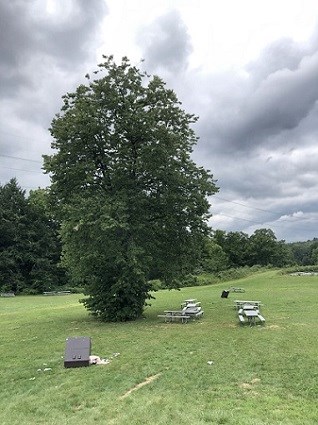
NPS Photo In the 1980s, the National Park Service capitalized on the pre-made ponds and expanded the site’s amenities to include a picnic area and open water fishing opportunities. However, in recent years Watergate Recreation Site received low visitation for a variety of reasons, such as:
Before & During ConstructionThe Watergate Recreation Site has gone through many changes since construction began. On the following images, use the slider feature to compare the current landscape to what it looked like before construction started.

Left image
Right image


Left image
Right image


Left image
Right image
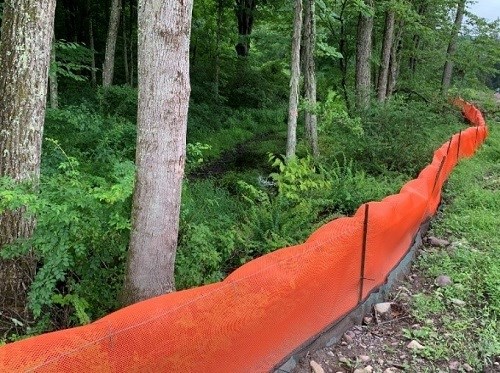
NPS. Photo What Has Been DoneOne of the first things that was completed on the project was the installation of orange fencing around the area. This fencing serves several functions:
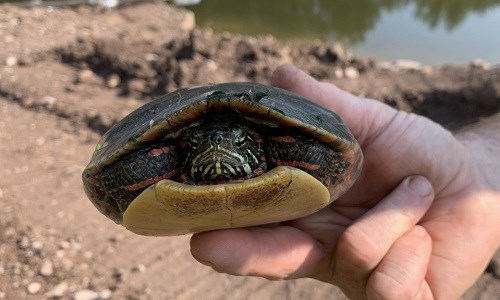
NPS. Photo 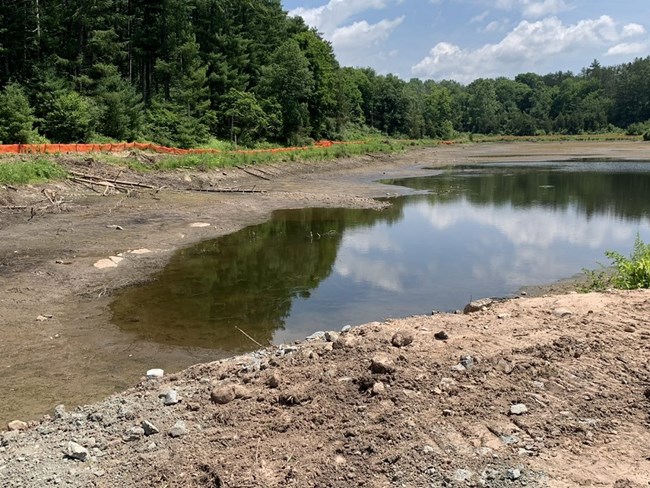
NPS Photo 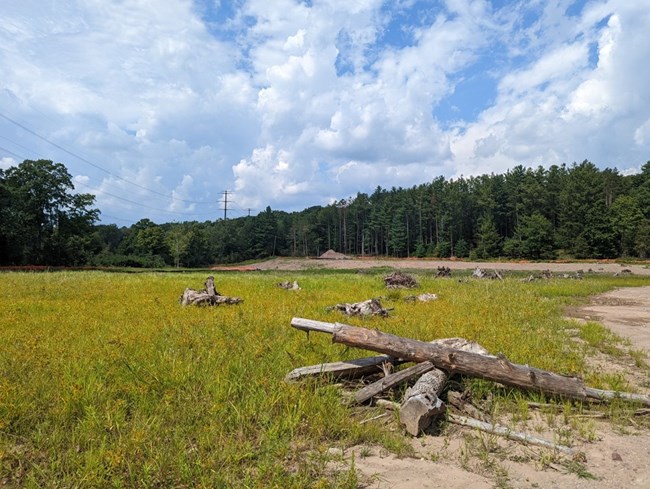
NPS Photo/ A. Grismer What is Left to Come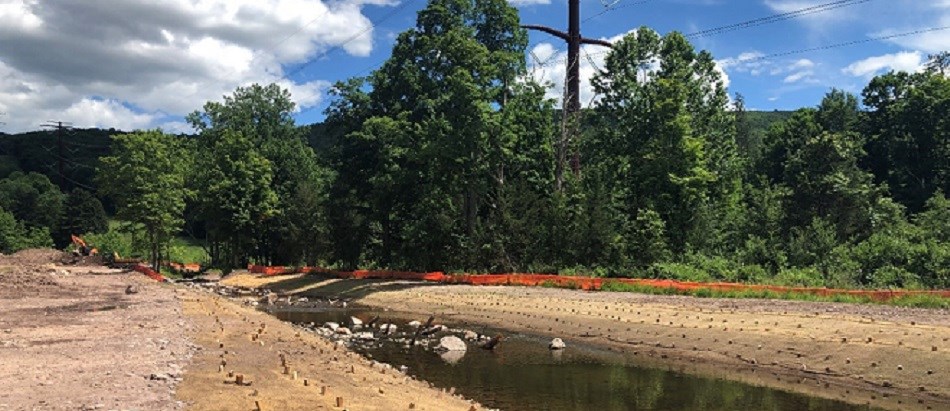
NPS Photo/ A. Grismer While the majority of work has been completed on site there are still a few remaining tasks that need to be finished before Watergate can open to the public.
Watergate Recreation Site remains closed to the public while construction is ongoing. In addition to environmental benefits, the restored site will provide improved quality of bird watching and cold-water angling. The site will be fully returned to its natural state and the project completed in late 2022. |
Last updated: February 16, 2023
